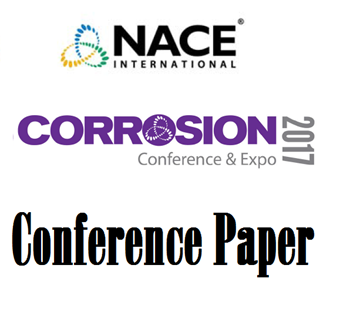Search
Products tagged with 'test method'
View as
Sort by
Display
per page
New Axially Loaded Full Ring Test Method for Assessment of Susceptibility of Girth Welds and Parent Pipe to Sour Service Cracking
Product Number:
51317--8965-SG
ISBN:
8965 2017 CP
Publication Date:
2017
$20.00
Rapid Installation of Replacement Connection Plates on the County of Placer/Foresthill Road Bridge - A Novel Engineered Approach to a Unique Set of Challenges
Product Number:
41214-862-SG
Publication Date:
2014
$20.00
Testing of Coatings for Shielding of Cathodic Protection Currents
Product Number:
51220-235-SG
Publication Date:
2020
$20.00
The Development of Novel Laboratory Test Method on Evaluation of Scale Inhibition and Dispersancy for Cooling Water Applications
Product Number:
51320-14491-SG
Publication Date:
2020
$20.00
TM-01-84-1984, Accelerated Test Procedures for Screeening Atmospheric Surface Coating Systems for Offshore Platforms and Equipment
Product Number:
53049-HD1983
ISBN:
N/A
Publication Date:
1984
$179.00
TM0192-HD1998-SG Evaluating Elastomeric Materials in Carbon Dioxide Decompression Environments-HD1998
Product Number:
21222-HD1998
ISBN:
1-57590-055-6
Publication Date:
1998
$179.00
TM0375-1986, Abrasion Resistance Testing of Thin Film Baked Coatings and Linings Using the Falling Sand Method
Product Number:
53034-HD1986
Publication Date:
1986
$179.00
Understanding The Usefulness of German Test Method TL 8135-002 For Various Steel Alloys
Product Number:
51323-19169-SG
Publication Date:
2023
$20.00








